Reflection, Resolution, Challenge - Artillery in the First World War

New Year's Day is a time for reflection. One cannot help but wonder what thoughts went through the minds of the Kaiser's Gunners as the New Year opened on 1 January 1915. Or what were the thoughts of their comrades in the Austro-Hungarian artillery or of the allied gunners pouring counterfire down on German positions. The Centenary of the First World War in the second half of 2014 was marked publicly by solemn ceremonies and reflective discussion. But from my opinion it still was a bit subdued. Of course, the crises of the day rightfully are the priority; not to mention the day-to-day grind of simply making one's way in this complicated world. Who has time to remember the troubles of 100 years ago? What significance do bits and baubles of leftover metal, enamel, ribbon, canvas, steel or leather have today? Since so few pieces of personal documents have survived, surely they cannot be of any significance.
But to serious collectors like those of us here at GMIC, these things do matter. Sometimes I think we collect - and remember - both the heroic and the mundane (not only of the First World War, but from all the periods in which we find our collecting interest), with the simple hope that one day, we too will be remembered. History is often looked down upon by many (especially school children and students) as just old things and dead people in a book. Okay, well maybe as just old things and dead people on a Wikipedia web page. They fail to see that post cards from a soldier in the trench were the Twitter feed of today. They fail to see that hand-written diaries are the equivalent of a Facebook page. More importantly, they fail to see that history is around them every day: in the news, in their neighborhood, in their neighbors' lives, and in their own lives. Students understandably question why they should learn about people, places, and events in the past; we as "historians" and "teachers" have failed to show them relevancy. As a collective society, we must inspire each other to have a natural curiosity and awareness about the past so that we see how it affects the present. Perhaps then, armed with this knowledge, we can become active participants in shaping a better future for our communities, both locally and globally. This is why I believe the discussion we had earlier on GMIC about the causes of the First World War was so important.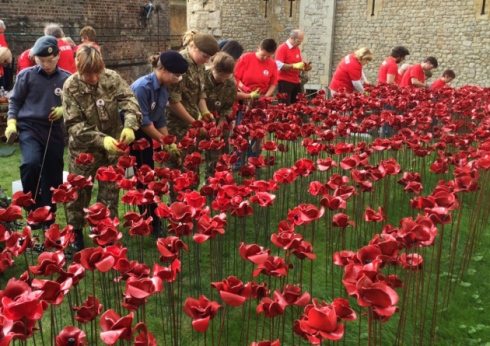
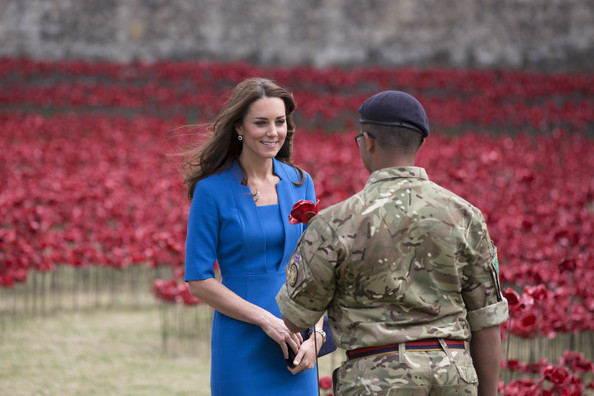
And this also is why these bits and baubles we collect are so important. They are tangible. They are a spark for curiosity. As collectors, I do believe that we serve a larger purpose of preserving history. One trend that continued in 2014 is especially troubling: the closing of brick-and-mortar museums. The scaling back in the scope of the Royal Artillery Museum "Firepower" in Woolwich, England due to budget issues announced in May 2014 is only one example. (Unfortunately, this trend started long ago in the United States with the scraping of the US Army Ordnance Museum in 2007.) It is perhaps inevitable. Reflecting on my own collecting past of 2014, I too scaled back due to budget. In 2014, I continued in earnest my transition from a lucrative consulting career to a career in education, with its corresponding scale back in remuneration. Consequently, my largest single collecting purchase in 2014 cost less than $100; a 1914 Mons Star to a Royal Artillery Gunner. It did not cost a great deal, but it means a great deal to me in terms of my current collecting motivation - history. I did not previously have a 1914 Star in my collection; adding one in 2014 seemed most appropriate. I have yet to research the medal; nonetheless, that brings me to my next reflection and moves this rambling tome on to its next phase - resolution.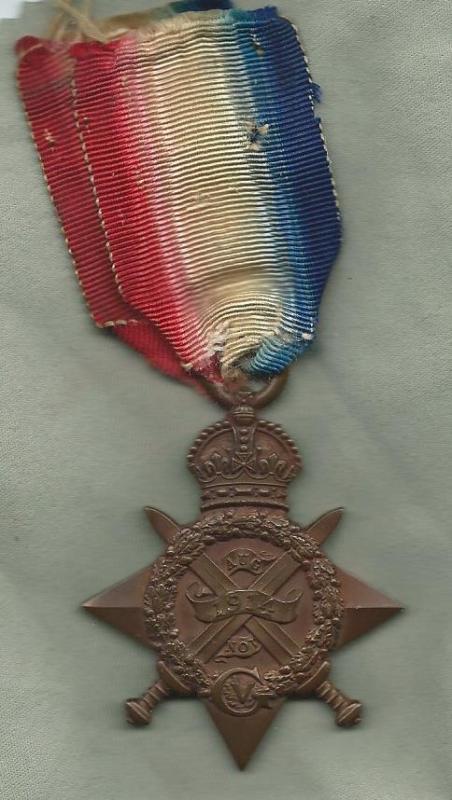
I didn’t collect much in 2014; I only added 10 new regiments in my effort to collect something representing every Imperial German artillery regiments. On the other hand, I researched more of the history behind my items. While quite basic, I enjoyed researching and writing the first four articles in the series “Artillery of the First World War” for GMIC Articles: Germany, France, Belgium, and Russia. I also wrote a special edition, “The Royal Artillery at Mons” and a piece on the “Königlich Bayerisches 12. Feldartillerie-Regiment (12. bFAR).” An article on the effect of large scale artillery bombardments in the First World War is in very rough draft. So, I resolve to spend less money on stuff and more time on research and writing in 2015. I am certain that The Chancellor of the Household Exchequer will ensure I keep this resolution! Like many of us, my collection rambles outside the boundaries of my main focus on artillery in the First World War. So, I also resolve to liquidate some of the more far-flung pieces; of course, if I can construe even the slightest connection to artillery, it will stay. The Chancellor may have to intervene to enforce rigor and discipline in the culling process.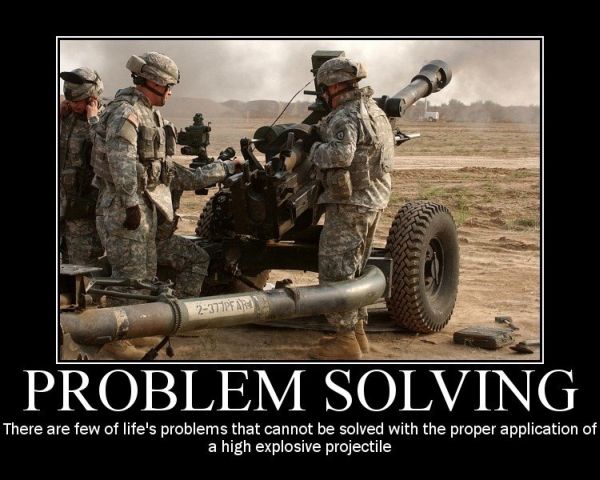
Realizing that one well-aimed shot can be more effective than several hundred tons of high explosive, I will wrap up this New Year's missive with one simple challenge: share your collecting reflections and resolutions for 2015.
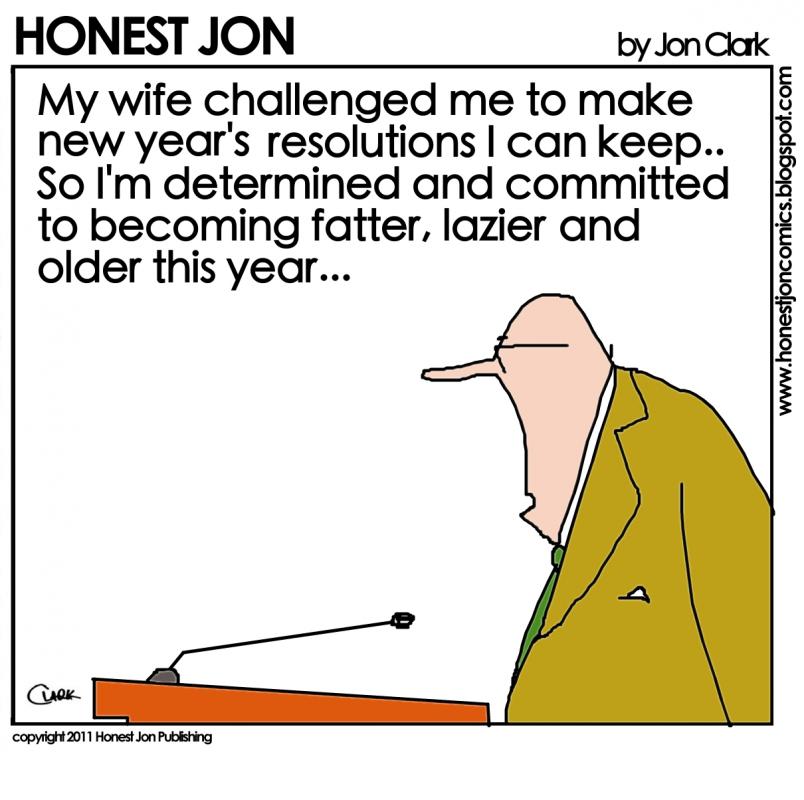




4 Comments
Recommended Comments